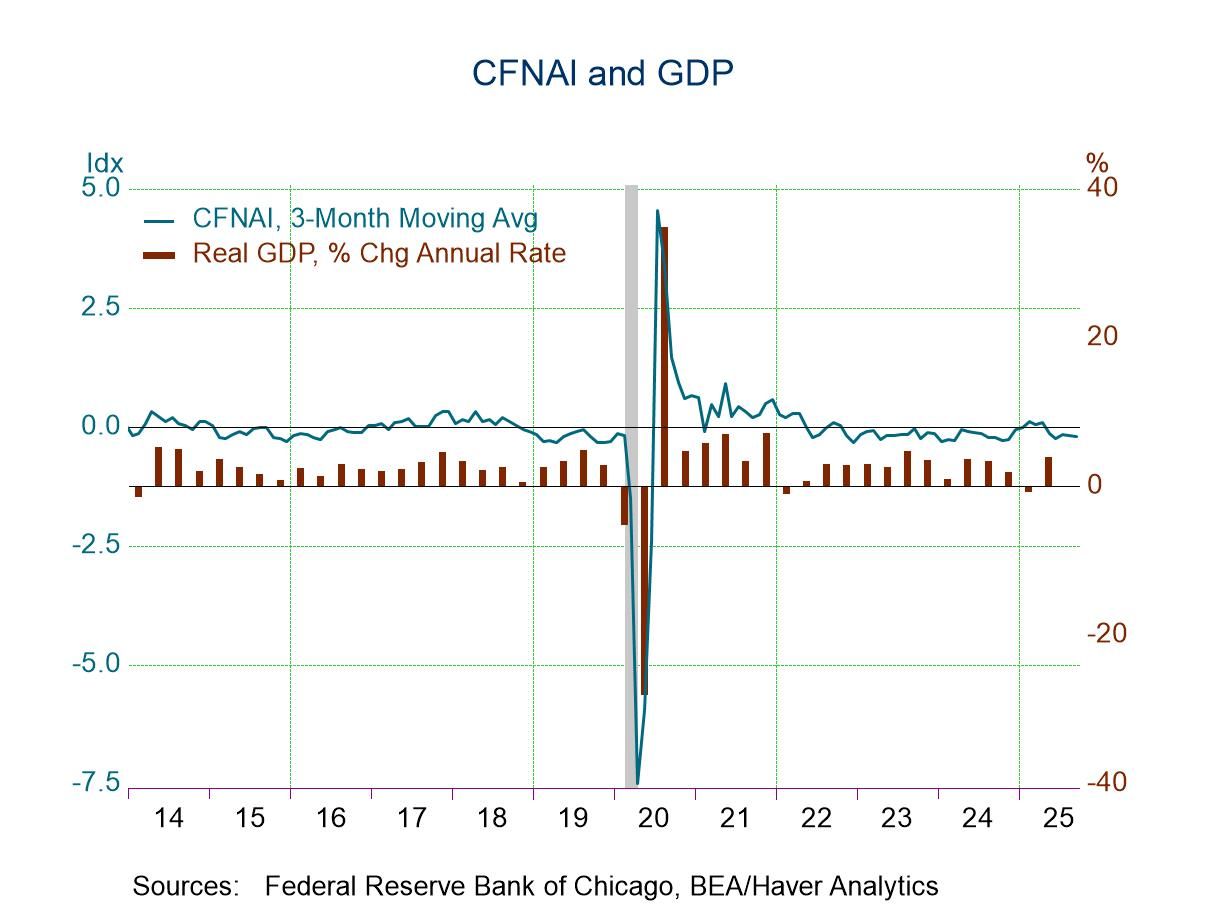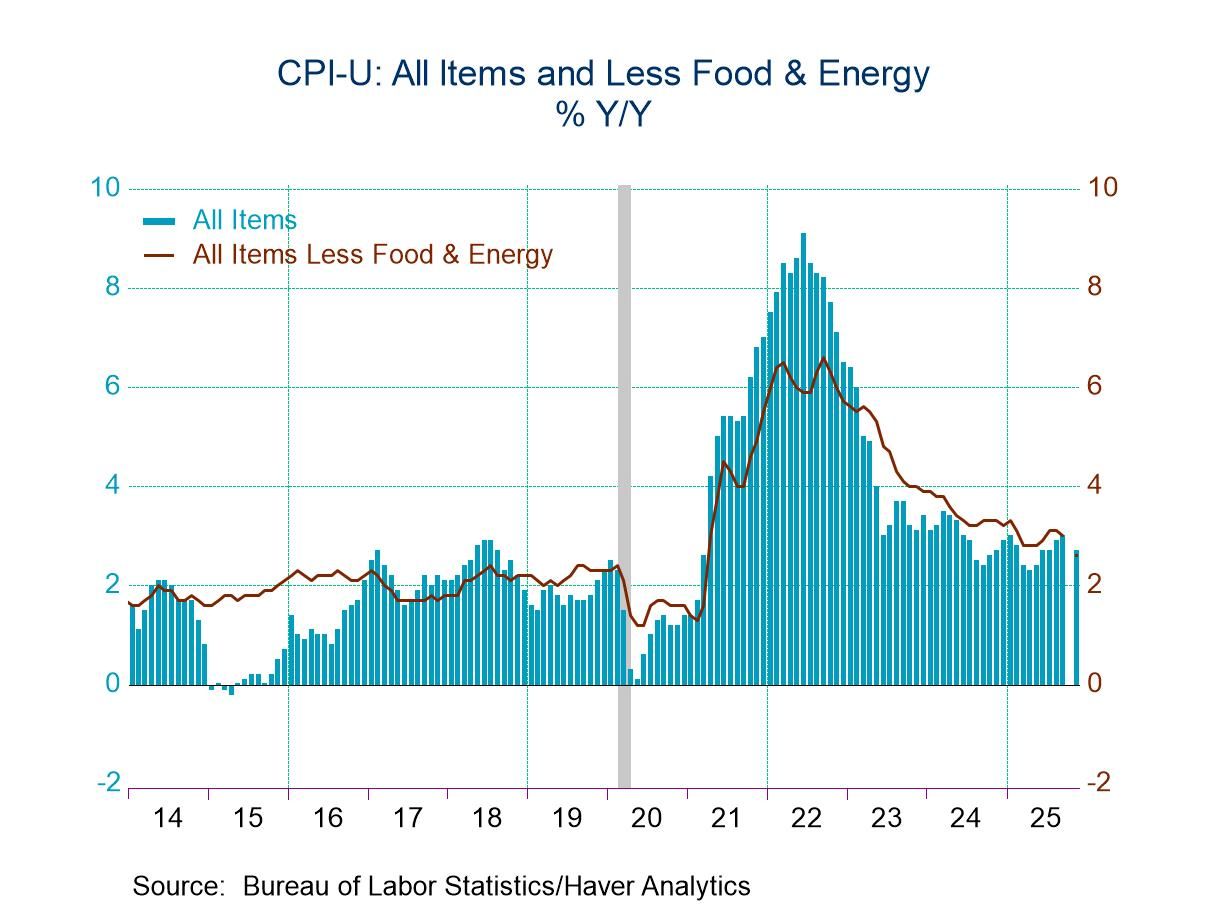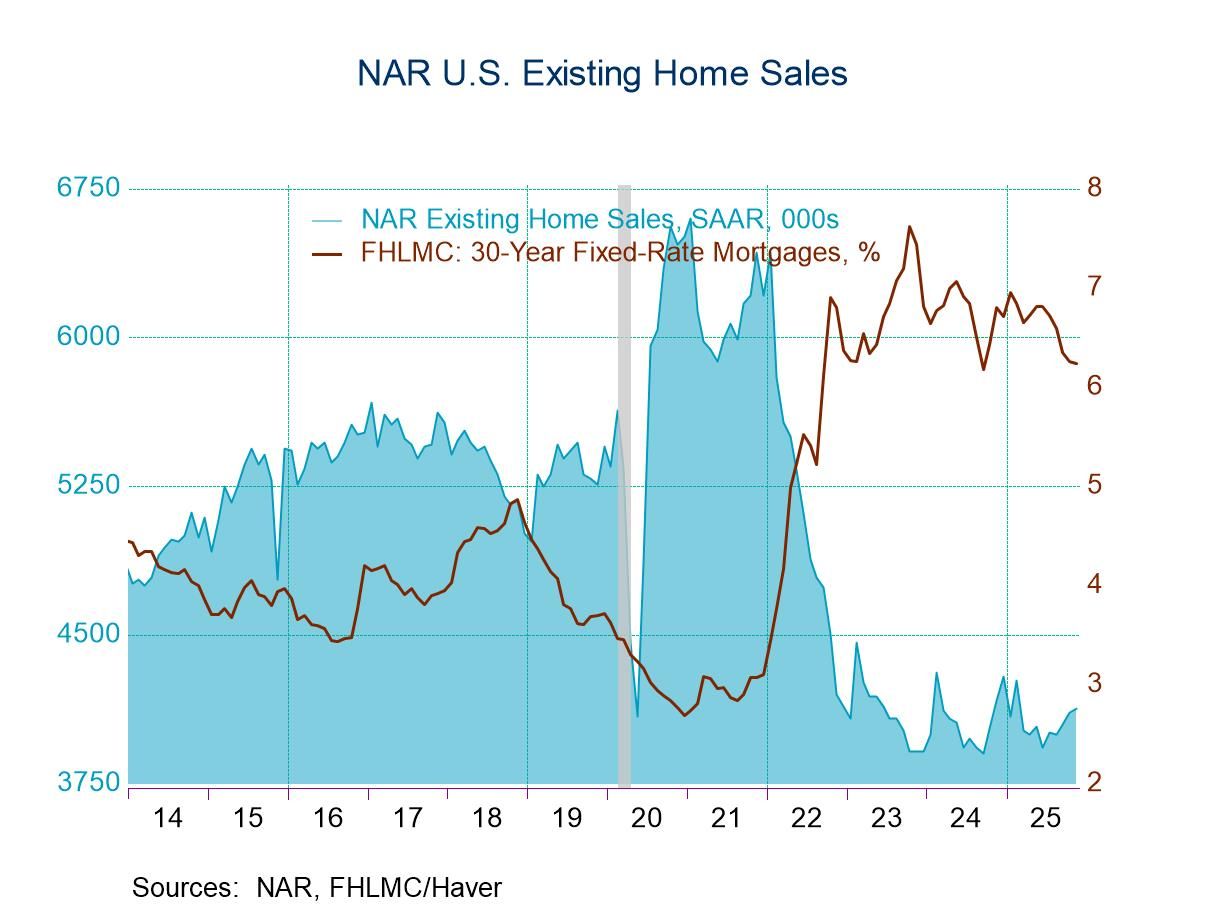Japan’s Tankan-Solid to Strong Even If Not As Strong As Expected

Japan's Tankan report for the first quarter registered strong readings across the board. The manufacturing assessment for large companies backed off to a +11 in the first quarter of 2024 compared to +13 in the fourth quarter of 2023. Large manufacturers log one of the weaker readings in the report with a queue percentile standing in its 53rd percentile compared to a slew of 90th percentile standings across assorted services sectors. The nonmanufacturing index rose to 34 in Q1 2024 from 32 in Q4 2023 for large companies and it has a 98.7 percentile standing – quite strong. The total industry index was unchanged at 22 in Q1 2024; it has a strong 92-percentile standing. So, what’s the issue?
The reading for large companies, particularly large manufacturing companies, tends to be the bellwether for this report. Despite widespread strength in the nonmanufacturing readings, the step back in the Q1 manufacturing assessment is a disappointment for the bellwether reading. The current assessment of Q1 at +11 came in one point above expectations while the assessment for the outlook came in one point below what had been expected- hardly earthshaking.
However, the outlook for manufacturing for the second quarter also showed improvement, moving up to a +10 reading in Q2 2024 from +8 in Q1 2024. For nonmanufacturing, the outlook held at +27 in Q2, the same as in Q1. These two sector readings combined for an all-industry outlook of +19 in Q2 compared to +17 in Q1. Viewed as percentile standings, the manufacturing outlook has a 64-percentile standing which is above its median but not strong. The nonmanufacturing outlook has a 98.7 percentile standing, quite strong and in line with the strong readings produced in the current quarter as well. The all-industry outlook has a standing in its 85th percentile, stronger only about 15% of the time.
There have been expectations for slightly strong readings from large manufacturers and so for some this is some more disappointing report than simply looking at the numbers. However, the numbers on their face are firm-to-strong and the rankings of the reported figures for the first quarter and for the outlook are solid and for the services sector they're extremely strong. The drop off for the current quarter assessment for large enterprises to +11 from +13 breaks a string of three straight improvements- still the ranking of the reading is above its median. Best of all, expectations are still improving compared to what they were a quarter ago.
While the survey results for establishment of other sizes are not considered to be a bellwether in this report, for medium-sized firms the manufacturing assessment was unchanged at a +6 in Q1 2024, producing a 70-percentile standing; the manufacturing outlook for Q2 2024 for medium-sized firms held at a +5 which produced a 74.7 percentile standing. For smaller firms, the manufacturing situation was weaker. Small enterprises reported a -1 reading for manufacturing in Q1 2024 after logging a +2 reading in Q4 2023. However, this still has a 60th percentile standing for them, above their historic median. The outlook for manufacturing small firms held at zero in Q2 2024, the same as the first quarter; that reading has a 76-percentile standing. Again, that's well above its median reading (which occurs at a ranking of 50%), and while the standing is solid, it is well short of being construed as strong.


Wrap up The Tankan reading produces solid results for the first quarter and for the second quarter outlook. While it may not have lived up to the expectations of some, it is still a solid-to-strong report. The services sector in Japan is doing exceptionally well and the manufacturing sector is turning it performance above its median, by a small margin on current activity and by a more substantial margin on the outlook. The performance of manufacturing will certainly depend a lot on how the global economy performs and how the yen responds to the latest changes in monetary policy. The yen has been weak and that should be good for manufacturing although we don't see it reflected in this survey. Since there has been a watershed change made in monetary policy this quarter, it might take some time for expectations to settle down and become comfortable with a new outlook. Meanwhile, any assessment of manufacturing must account for global conditions. Even the U.S. that is pushing out the best growth among developed economies, is logging modest metrics for manufacturing than for services.
Robert Brusca
AuthorMore in Author Profile »Robert A. Brusca is Chief Economist of Fact and Opinion Economics, a consulting firm he founded in Manhattan. He has been an economist on Wall Street for over 25 years. He has visited central banking and large institutional clients in over 30 countries in his career as an economist. Mr. Brusca was a Divisional Research Chief at the Federal Reserve Bank of NY (Chief of the International Financial markets Division), a Fed Watcher at Irving Trust and Chief Economist at Nikko Securities International. He is widely quoted and appears in various media. Mr. Brusca holds an MA and Ph.D. in economics from Michigan State University and a BA in Economics from the University of Michigan. His research pursues his strong interests in non aligned policy economics as well as international economics. FAO Economics’ research targets investors to assist them in making better investment decisions in stocks, bonds and in a variety of international assets. The company does not manage money and has no conflicts in giving economic advice.






